(3980 products available)





























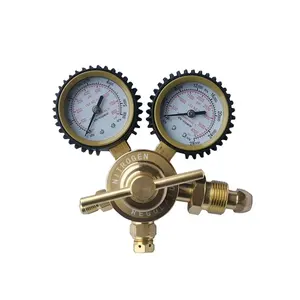








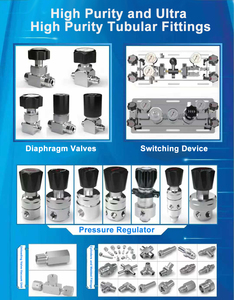








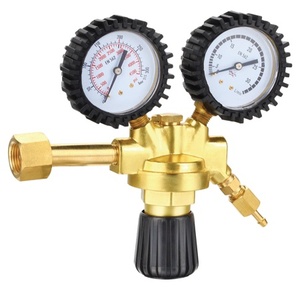

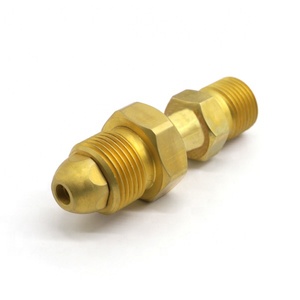




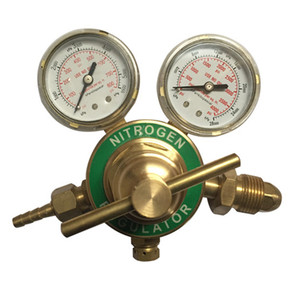

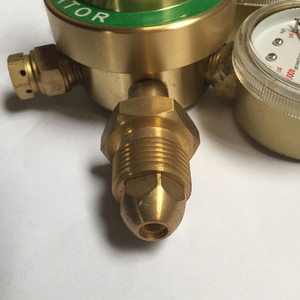









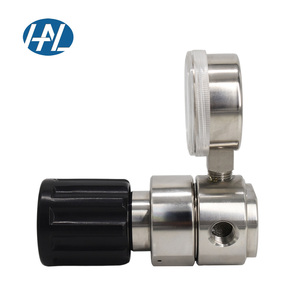

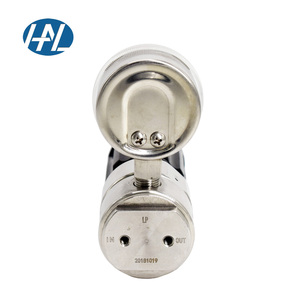
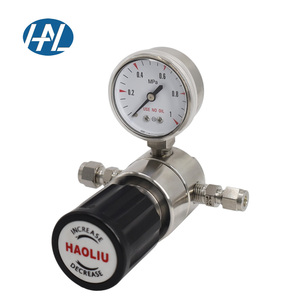


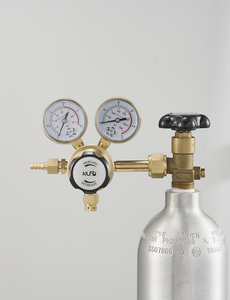



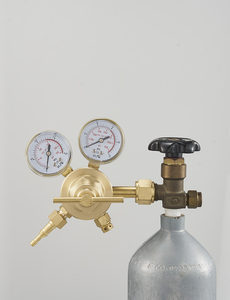























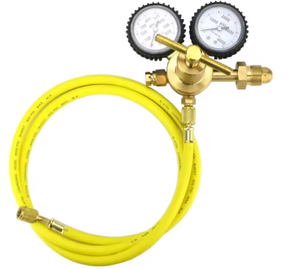







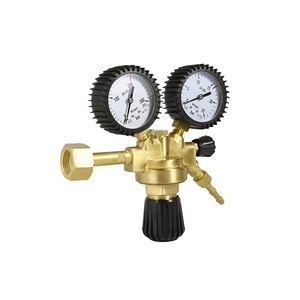



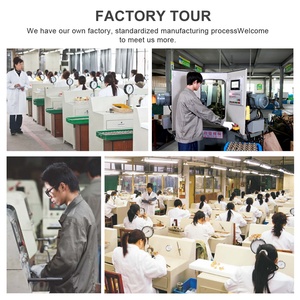




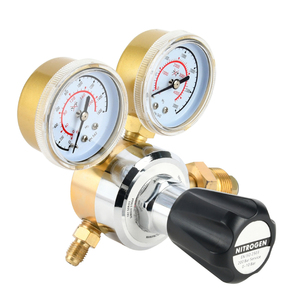
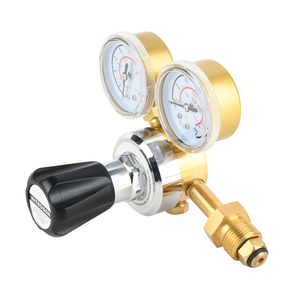

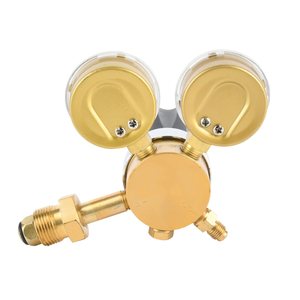


































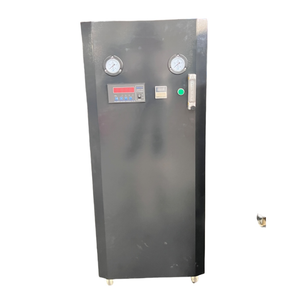














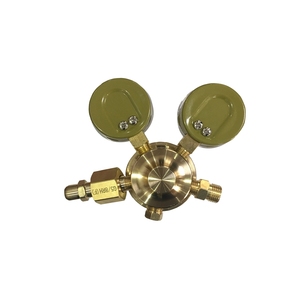

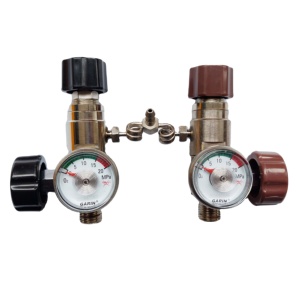
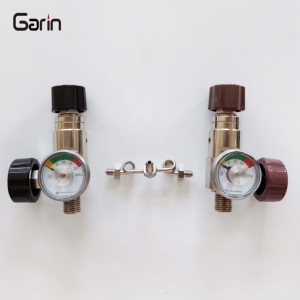

















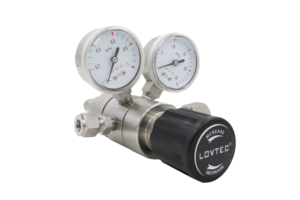


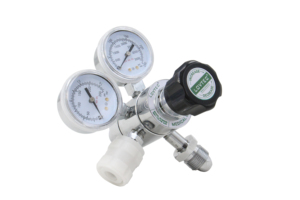






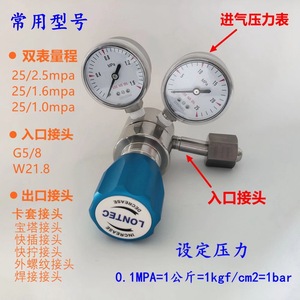
Nitrogen regulators are manufactured in diverse types. Here’s a rundown of the most prevalent kinds.
The requisite pressure adjustment in these regulators is accomplished in one pressure-reducing stage. This tends to make them well suited for applications requiring basic, low- to moderate-pressure control. Single-stage nitrogen regulators are often used to supply gas to cutting and welding gear or to run petrol and gas pumps. They are cost-effective, simple to install, and efficient for simple applications, though they do not provide very precise pressure regulation.
As the name suggests, these nitrogen regulators have a couple of pressure-reducing stages. Therefore, they maintain a lot more consistent output pressure even when inlet pressure fluctuates. This makes them ideal for high-precision applications where small variations in pressure can cause big problems. Labs, manufacturing, and bill acceptance services will need super accurate and stable pressure control – the dual-stage regulator delivers this. However, a single-stage regulator is a more cost-effective solution if the required pressure control is not very precise.
These regulators can handle larger inlet pressures, often required when working with high-pressure cylinders or in applications like aerospace and deep-sea environments. They provide stable pressure control despite the high demands. High-pressure nitrogen regulators are key in industries that need safe and effective handling of nitrogen at larger pressures, including fabrication, aerospace, and mining. Due to their strength and accuracy, these regulators reduce high cylinder pressures to usable levels.
These are the exact opposite of high-pressure regulators, which are designed for situations where only a little pressure is required. These are common in fields such as food packaging, where low, steady pressures are essential for effective operation. Low-pressure nitrogen regulators are very useful in delicate procedures such as chemical handling or electronic component manufacture. They provide accurate control and avoid the over-pressurization that might harm sensitive equipment.
Precision nitrogen regulators control pressure with very high accuracy and minimal fluctuation. Such consistency is especially useful in scientific research, lab tests, and high-tech manufacturing. Key features of precision regulators include fine adjustment controls, low-pressure variance, and high sensitivity to changes in output pressure. They are especially useful in applications involving gas chromatography, semiconductor manufacturing, and material testing since even the slightest change in the pressure of gas may lead to erroneous results.
These dual-fuel nitrogen and acetylene regulators control gas mixtures used in welding and metal fabrication. These regulators ensure that each gas is supplied at the right pressure to avoid dangerous mix-ups. This is critical for industries that do cutting and welding, as incorrect pressures can have a number of negative effects; hence, these regulators will protect against that. Acetylene and nitrogen mix regulators are trusted by welding and metalworking shops since they lower the dangers that come with faulty pressure control.
Nitrogen regulators are valued across multiple industries. Here’s a roundup of the most popular industries.
Nitrogen is widely used in the manufacturing of chemicals, semiconductors, and metals. It is utilized in displacing oxygen during the production process of many sensitive materials to prevent oxidation. Manufacturing has a particular need for stable, precise pressures in chemical reactions and controlled atmospheres. That’s why there’s a demand for high-performance nitrogen regulators to keep the production flow quick, safe, and effective. All this helps to improve productivity with good quality and fewer defects.
This is another industry that needs stable and accurate control when working with high-pressure nitrogen. Nitrogen is used in this space to purge fuel systems, test components, and create an inert atmosphere during operations. High-precision nitrogen regulators ensure that the fuel system's integrity is maintained during all these processes. Due to such accuracy, these regulators are useful for aerospace's safety and performance-critical functions.
This industry practices gas flushing and packaging to extend product shelf life. This is done using nitrogen regulators that provide low and steady pressures needed when handling this gas. The result is that foods remain fresh for longer because oxidation is reduced. Brewed drinks also use nitrogen for carbonation, particularly in beers, since it affects taste and texture. Essentially, firms' food quality, longer shelf life, and efficient packaging will all need nitrogen regulators.
Nitrogen reduces oxygen levels during pharmaceutical product storage and transport, preventing degradation or loss of potency. High-precision pressure control is desirable during this process. That is why the dual-stage nitrogen regulators are perfect because they ensure that products remain effective during such long storage and transport times. They aid in protecting product quality and effectiveness during storage, thus protecting product quality and effectiveness in this industry where product quality is key.
Since welding and cutting use acetylene and nitrogen mixed regulators, this industry largely relies on this product. This is especially true for metal heat treatment, where controlled atmospheres are required. Regulators control nitrous oxide's pressure and flow in heat treatment to create the desired environment. Because of their versatility, these tools are essential for metal fabrication, shipbuilding, and pressure vessel manufacturing, all of which require safe and precise gas mixtures.
Nitrogen regulators have various commercial applications that cut across multiple industries. Here’s a roundup of the most popular applications.
Businesses have to keep foods fresher for longer in commercial food service and processing industries. This is done through controlled atmosphere packaging, which uses nitrogen to displace oxygen and slow down spoilage. The low-pressure nitrogen regulators needed for this process help maintain the correct gas mixture and foam without damaging the food's delicate texture. This prolongs shelf life and improves food quality. The regulators provide this fundamental preservation since they maintain precise gas balances during packaging.
Nitrogen tire inflation has become a favorite in automotive service centers, airline fleets, and racing teams. They use it, especially in commercial vehicle fleets, because it improves fuel economy, extends tire life, and reduces blowout risk by minimizing pressure fluctuations. The degree of precision needed to maintain that stable pressure over time, especially in fleet management or aviation, requires low- and high-pressure regulators. They ensure that each tire is filled properly, increasing safety and efficiency.
High-precision nitrogen regulators maintain a steady gas pressure in laser cutting and welding, which is very important for the metal machining and fabrication industries. Nitrogen is used to assist in cutting and welding by reducing oxidation and ensuring a clean cut. Any fluctuation in gas pressure may result in a faulty cut or weld, so businesses in this space must have the right mixture of precision and stability. That’s why there’s a demand for these regulators to ensure the laser's effectiveness and increase its operating life.
Many commercial processes need to exclude oxygen to prevent combustion or product degradation, such as during chemical processing and pharmaceuticals. Nitrogen regulators meet this need by providing the inert gas for purging and inverting. They prevent system contamination and ensure product quality by maintaining the right pressure. This is critical for industries where product safety and quality are paramount because any fluctuation will lead to a decline in quality and safety.
With increasing demand, the need to ensure this industry operates without interruption has grown. Nitrogen is used in this industry to dilute and stabilize reactive atmospheres during production. That is why precision and purity require high-performance dual-stage and low-pressure nitrogen regulators. They are needed to maintain quality while reducing defects. Being a key component for the semiconductor and display manufacturing processes, these regulators are vital in this space.
Choosing a nitrogen regulator can prove challenging. One has to consider various key factors to make a suitable choice. Here’s a roundup of the key factors one needs to consider.
The material of the nitrogen gauge should be considered because it greatly determines how well the regulator will work in various situations. Brass and stainless steel are common materials for these gauges. Brass has a low cost and is corrosion resistant, while stainless steel is highly durable and resistant to corrosion and chemical reactions. Stainless steel regulators are preferred for corrosive environments like chemical processing or marine industries. In other industries, like oil and gas, brass might be a more cost-effective and durable option.
Nitrogen regulators come with multiple ranges of pressure. Depending on the needs of the end user, one has to choose the right one. The pressure regulator range must equal or exceed the range required by the customer. A high-pressure range will achieve greater output, whereas a low-pressure range will be more efficient in modest applications. Choosing a regulator with the right pressure range ensures safety and smooth operation without hindering the work.
The type of regulation needed will depend on the customer’s application. Single-stage regulators offer fast and easy results for low- to medium-pressure uses. Dual-stage nitrogen regulators offer greater precision and stability for tasks requiring a steady output, such as lab experiments or manufacturing. Clients in fields like aerospace or pharmaceuticals will need the extra precision that dual-stage regulators provide. Conversely, brass N2 regulators will work for welding and tire inflation.
Nitrogen regulators' flow rates indicate how quickly the gas can pass through them. High-demand applications like metal fabrication or aerospace testing need a high flow rate to avoid bottlenecking. On the other hand, low-demand applications like lab experiments or storage might need a low flow rate. It's crucial to pick a regulator with the right flow rate for the client's needs so that there is no compromise on efficiency or pressure stability.
There are multiple industry standards and certifications for nitrogen regulators, primarily to ensure safety and performance in mission-critical operations. Aerospace, pharmaceutical, and energy industries require these standards to meet safety and reliability requirements. It is thus important to know what standard applies to the customer’s industry and ensure the required certifications are met. That way, there can be safety, consistency, and compliance with industry regulations.
A1. Regulated gas pressures for packaging and carbonation to extend shelf life and improve quality.
A2. They can work for low-pressure applications, but other low-pressure N2 gauges are better for that purpose.
A3. The second stage, which provides fine pressure adjustment for stable output, is the vital part.
A4. The key determining factor is the customer’s required range of pressure.
A5. Regularly inspect for leaks, clean filter elements, and lubricate the moving parts.